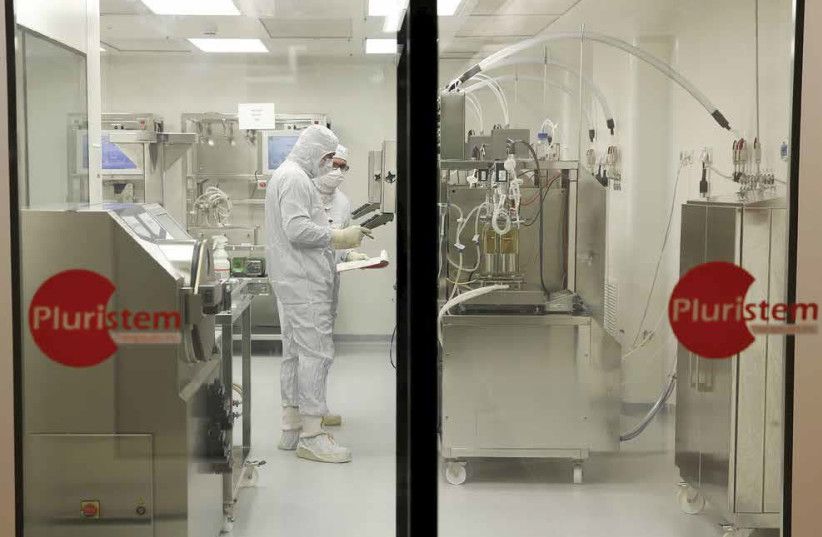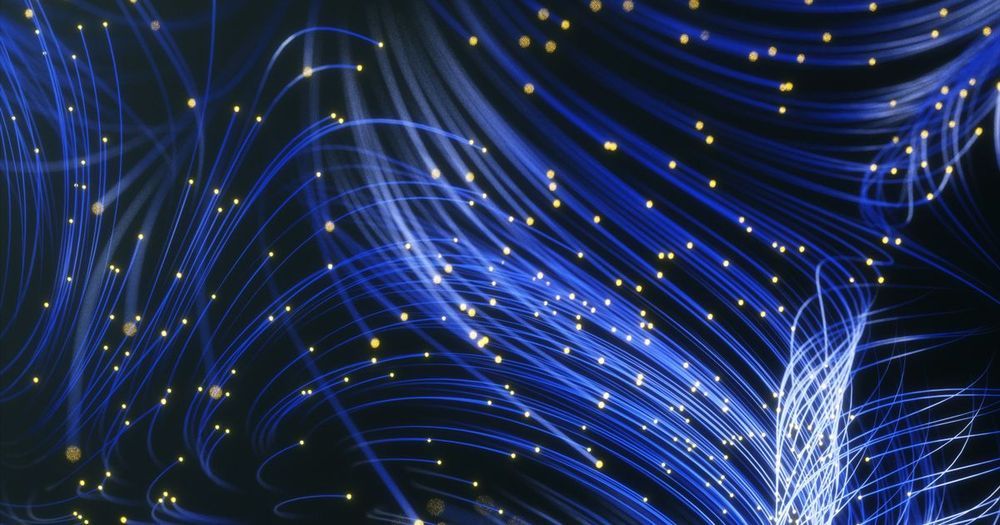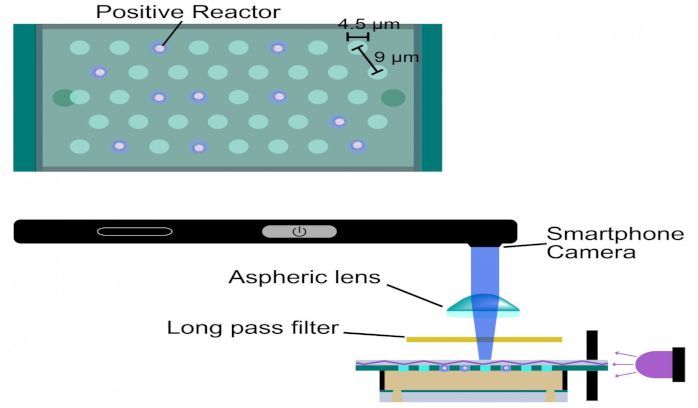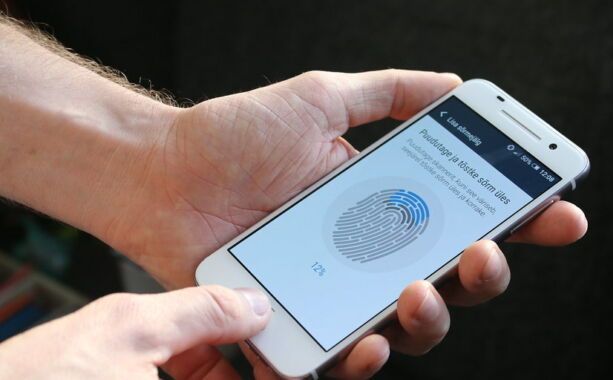If you’re curious about the origins of the COVID-19 pandemic and its relationship to animals, I’d like to recommend an excellent interview with a bat virus expert who was in Wuhan, China at ground zero in mid-January. He has been involved in a series of investigations of viral epidemics since the mid-1990s.
Ira Pastor, ideaXme life sciences ambassador, interviews Dr. Linfa Wang, director of the Program in Emerging Infectious Diseases at the collaborative Duke-National University of Singapore Medical School in Singapore.
Ira Pastor Comments:
As we sit here in 2020 in the middle of the COVID-19 global pandemic, we’re hearing terms like “zoonotic disease,” “viral spillover,” “intermediate species,“as well as quite a bit of references to bats, the potential natural reservoir of COVID-19 virus.
As such, a leading global thought leader at the epicenter of these domains has taken the time out of his busy schedule to join us for our episode today.







